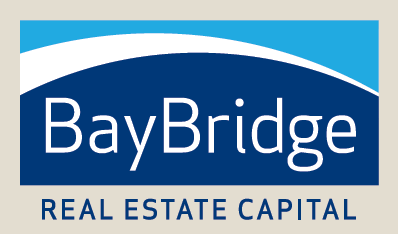The commercial real estate market faces a wave of distressed assets and a looming wall of maturities. The market anticipates approximately $270 billion in maturities from traditional bank lenders by the end of the year. Combined with a record number of commercial mortgage-backed securities (CMBS) maturing this year and the following, the industry is bracing itself for some daunting numbers.
Numerous low coupon loans in the 3 percent range from three to 10 years ago, are due for refinancing at significantly higher rates of 8 to 10 percent. Consequently, underperforming properties struggling to achieve net operating income (NOI) growth will encounter the biggest challenges when refinancing. Ultimately, we can expect lower property values across most sectors of the market.
The average delinquency rate throughout all asset classes is 3.9 percent, with CMBS delinquency rates similarly recorded at 4 percent. In contrast, standard banking has a considerably better delinquency rate below 2 percent. This results from a more favorable approach to working with borrowers to find solutions. In addition, banks are not restricted by the same covenants of CMBS and can modify or extend loans to keep borrowers afloat.
The lending space has tightened, causing credit availability to become more challenging. Still, capital is available, albeit at a higher interest rate, and despite these circumstances, deals continue with brokers finding ways to discover and adapt solutions. Even though rapidly increasing rates may be concerning, historical trends indicate they are not far from the rolling averages of the last 10 years.
Investors who entered the market during the previous bull run, characterized by zero interest rates, have hit nothing but green lights until recently. They may now face greater difficulties finding profitable deals and keeping current investments alive. Nevertheless, savvy and seasoned investors will survive.
Amid the challenges, there are always new opportunities and silver linings. First, new loans do not carry the same rate risks as those generated when rates were negligible. Furthermore, there may be less competition in the market, offering advantageous conditions for established investors. Hotels bounced back after the COVID-19 pandemic and the industrial sector’s speculative pipeline dropped from record highs but maintained strong demand. Multifamily properties will offer opportunities to purchase value-add assets at discounts. As with any downturn, there will be winners and losers.
A broad-lens perspective reveals that the industry remains resilient. Though success is not guaranteed for every property, not all is doom and gloom. What seemed impossible six months ago can transpire. The hope is for a soft landing. Anticipate a turn towards compressing cap rates and increasing transaction volume by 2024. As the commercial real estate market evolves, stakeholders must remain vigilant and adaptable in navigating these challenging times.
- Hendry, Lonnie. Bull, Michael. (2023, July 6). Distress Debt Expectations, Solutions, and Opportunities on America’s Commercial Real Estate Show. Retrieved July 14, 2023 from www.spotify.com
- Pascus, Brian. (2023, June 1). How Private Equity Plans to Capitalize on Commercial Real Estate Distress, Retrieved July 14, 2023 from www.commercialobserver.com
- Richter, Joseph, et al. (2023, July). “Daily Beat – Commercial Real Estate News.” Daily Beat, Retrieved July 14, 2023 from www.dailybeatny.com

